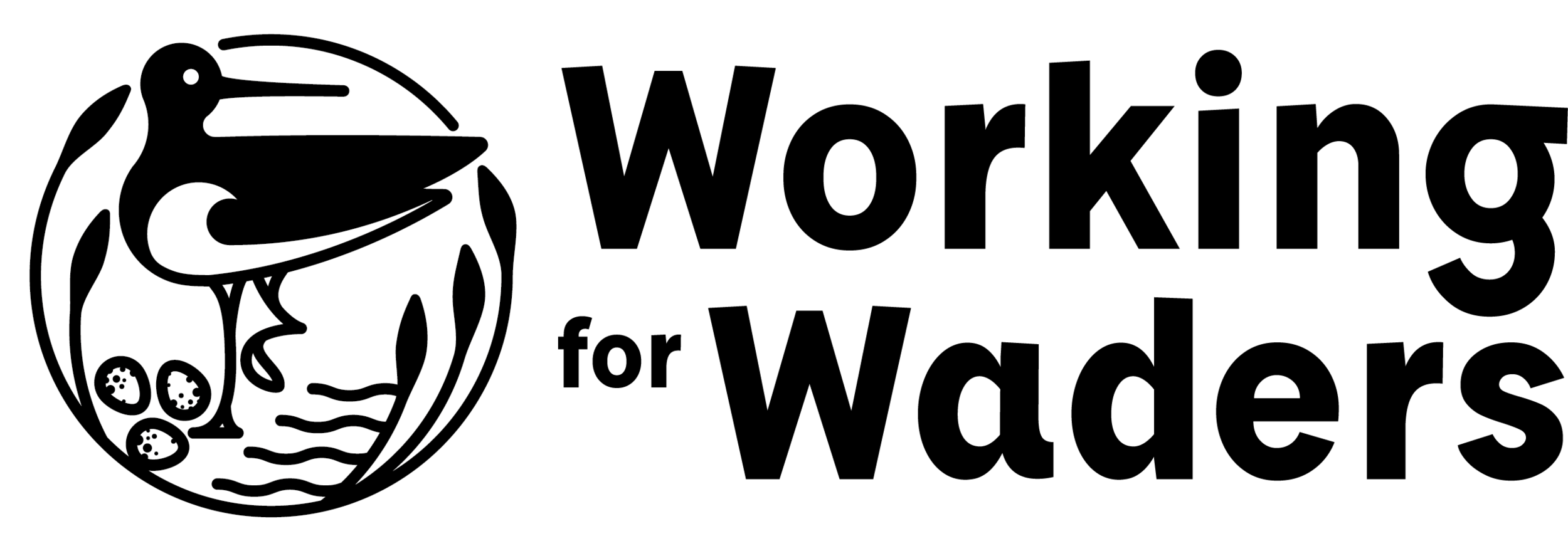Visit to SWWI at Grantown
A group from the Working for Waders facilitation team travelled to Grantown-on-Spey last week to learn more about the work of the Strathspey Waders and Wetlands Initiative (SWWI). The meeting was hosted by RSPB Scotland and the Cairngorms National Park Authority, and discussions were initially focussed around the challenges of running wader surveys in a challenging mixture of habitats and landscapes. Recent survey data shows that waders continue to decline in this area, but there is no single driver for that loss. As usual, it’s more like a complex blend of multiple factors including intensified land use, habitat fragmentation and predation by mammals like foxes and badgers.
The group then travelled to nearby Balliefirth Farm where livestock are produced in unison with wading birds on a floodplain of the river Spey. Curlews called throughout the visit as conversations focussed on the new POBAS (Piloting an Outcomes Based Approach in Scotland) trials currently being shaped to support farmers and land managers to deliver conservation outcomes. This system is actually very new, and it was clear that more work and refinement is required before this pilot scheme goes out into the real world.
After lunch, Thijs Claes from Curlew LIFE provided the group with some updates on work underway to conserve curlews at RSPB Insh Marshes. This is a unique site with a range of fascinating opportunities and challenges, the majority of which relate to the fact that this wetland area is subject to unpredictable flooding. Sudden rainfall can be devastating for birds on their nests, and floods are frequently found to be the principal cause of nest failure.
The day ended with a visit to Dellifure farm, where the visitors were shown a number of wader scrapes designed and constructed by SWWI over the last few months. One of these scrapes had been made by redirecting part of a stream and flooding a small area of an already wet field. The resulting habitat looked excellent, but there were some interesting discussions about whether or not nearby woodland could impact on the site’s value for breeding birds. Wading birds will often avoid woodland during the nesting season, and habitat features like wader scrapes are usually situated away from trees. It’s still too soon to tell how nearby woodland will affect this work, but it will be an interesting site to monitor and conversations will continue on this subject.
Working for Waders would like to thank everybody for coming along. It’s extremely useful to share ideas and take inspiration from the work of others, and we’d like to see more collaborative discussions across Scotland to help us all improve our conservation impact for wading birds.

